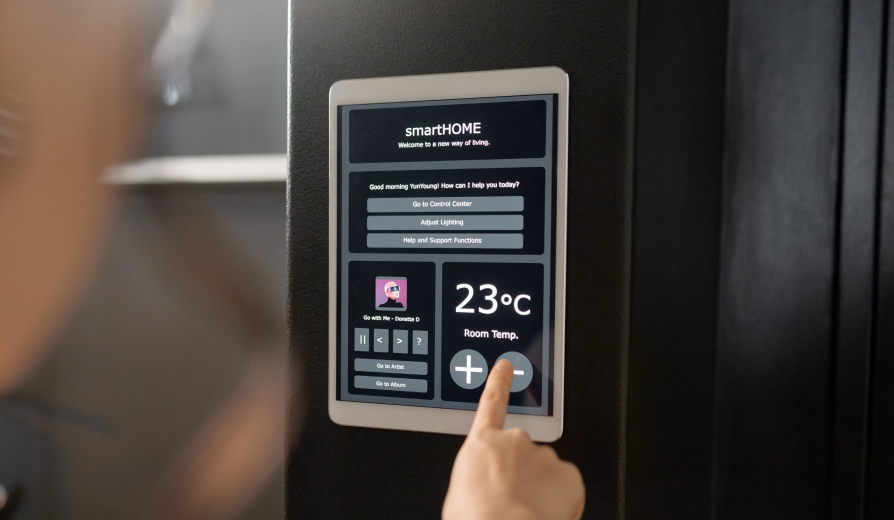For some time now, the idea of developing an Ethical Viable Product (EVP) instead of an MVP has been gaining strength in the market. Until now, companies have been using the MVP model due to the many advantages it offers.
However, like products, consumers have also been evolving, and developing functional products is no longer enough. Today, technology and digital products can greatly impact people, whether for better or worse.
So, is it time to consider ethics when developing new products and applications? Everything seems to indicate that it is. From a small startup to the largest company, they should include ethics from product development and during all subsequent phases.
How MVPs have successfully brought products to market?
One of the critical stages for any company is the development and launch of its initial products. Only one in ten startups survive this initiation period, usually thanks to implementing the MVP model in their businesses.
An MVP (minimum viable product) is a minimalist version of a product launched to collect consumer feedback.
This version usually offers all the main features of the final product but with limited functionality. In this way, by receiving feedback from their customers, developers focus on improving the product by meeting the specific needs of users.
Thanks to an MVP, companies can create solid and high-performance products, using the information obtained as a guide in product development. This business model has been helping thousands of startups succeed for over 20 years, even turning them into multi-million dollar businesses.
What is an EVP or an ethically viable product?
An EVP (Ethical Viable Product) is a product that does not cause any harm to its users or the environment. In the case of technological developments, it must guarantee that these do not negatively influence people’s behavior.
In recent years, the environmental issue has received more attention from companies. This is evidenced in the new marketing strategies emphasizing that their products are “environmentally friendly.”
In technology, the advancement of artificial intelligence and machine learning has become a challenge for developers. It is expected that in the future, the influence of AI in decision-making will increase.
This puts developers in a big dilemma: How can you ensure that the decisions made by the AI are ethically correct? The answer to this question is clear: Ethically Viable Products (EVPs) should be created instead of MVPs.
To achieve this, developers must include ethics from the very concept of the product through the development stage, launch, and subsequent monitoring.
What is responsible for artificial intelligence?
One of the main elements to consider when developing an ethically viable product is the implementation of responsible artificial intelligence. With machine learning, you have to be careful about the AI’s database to perform its functions.
This AI must consider various ethical, moral, legal, and cultural issues and establish limits and rules for decision-making. This information must be delivered without deviations or prejudices since the AI will use that information when making complex decisions.
How EVP and RAI are combined?
Responsible artificial intelligence is closely related to an ethically viable product since it will be in charge of solving the problems faced. A product whose development includes ethics from its inception must be driven by an AI aligned with its design and purpose.
When using an RAI to create an EVP, developers must consider its security, fairness, reliability, inclusivity, and responsibility. If all these aspects can be combined in an EVP, the resulting product will be robust, ethical, and morally responsible.
Is it time to migrate from MVP to an EVP model?
As we said, we are in a moment of transition from the MVP to the EVP model. However, developing ethically viable products does not mean abandoning the LEAN methodology applied in an MVP but rather evolving an existing successful model.
Another aspect to consider is the environmental impact caused by each product, even if it is software or another technological product. Please, note that during the build stage, energy resources will be consumed by the development, hosting, and testing required before launch.
In simple words: How can you introduce ethics in your MVP?
If you are thinking of introducing ethics into your MVP, you should take a few steps to get there. First, you’ll need to appoint someone to lead an ethics team to oversee product development.
This person will be responsible for interacting with all the parties involved in the development phase, guaranteeing a final product according to the established parameters.
Second, ethics must be included in all phases of development, facilitating the integration of responsible artificial intelligence into the final product. After all, an ethically viable product will need to be driven by an RAI that is the decision maker.
Lastly, consider the regulations that could be applied to AI/ML systems, even contemplating those that could arise in the future. In this way, if a new law is passed, it will be easier for you to adapt your product to the new regulations.
Final thoughts
The MVP model has had great success in the past, but now it is time to move on to the EVP model. This new model takes into account the ethical implications of products and includes them from the design phase. Including ethics in product development is not only the right thing to do, but it is also necessary to create better products that have a positive impact on society.
What do you think? Is it time to introduce ethics with a viable ethical product?




